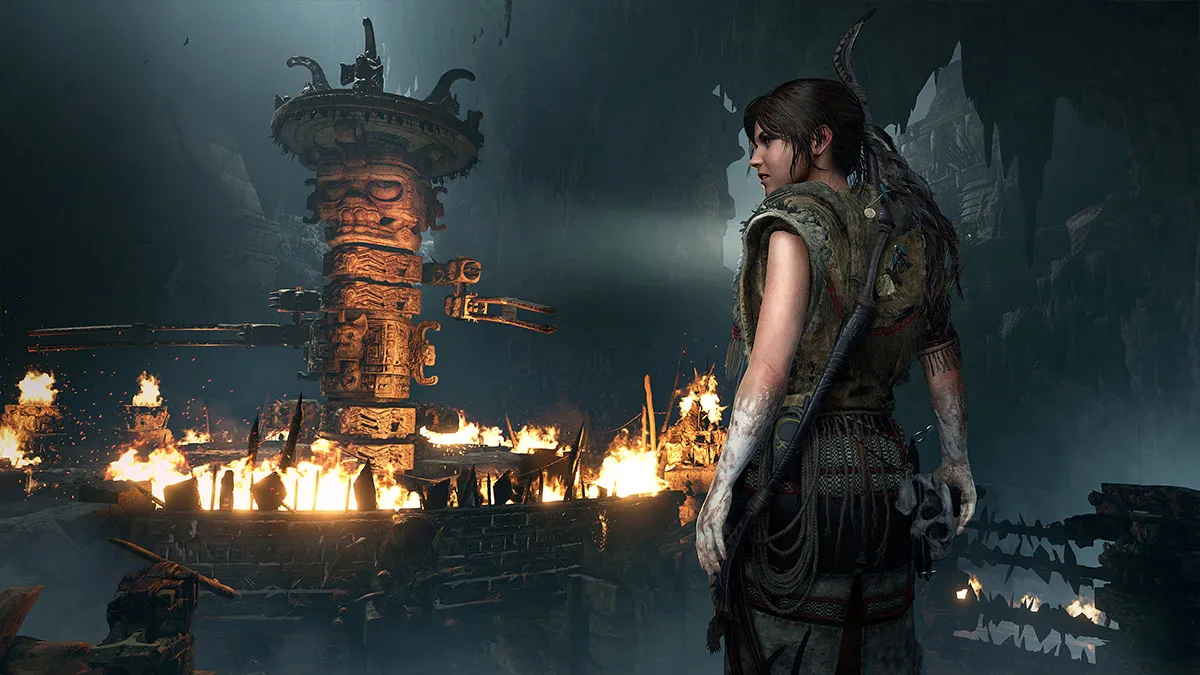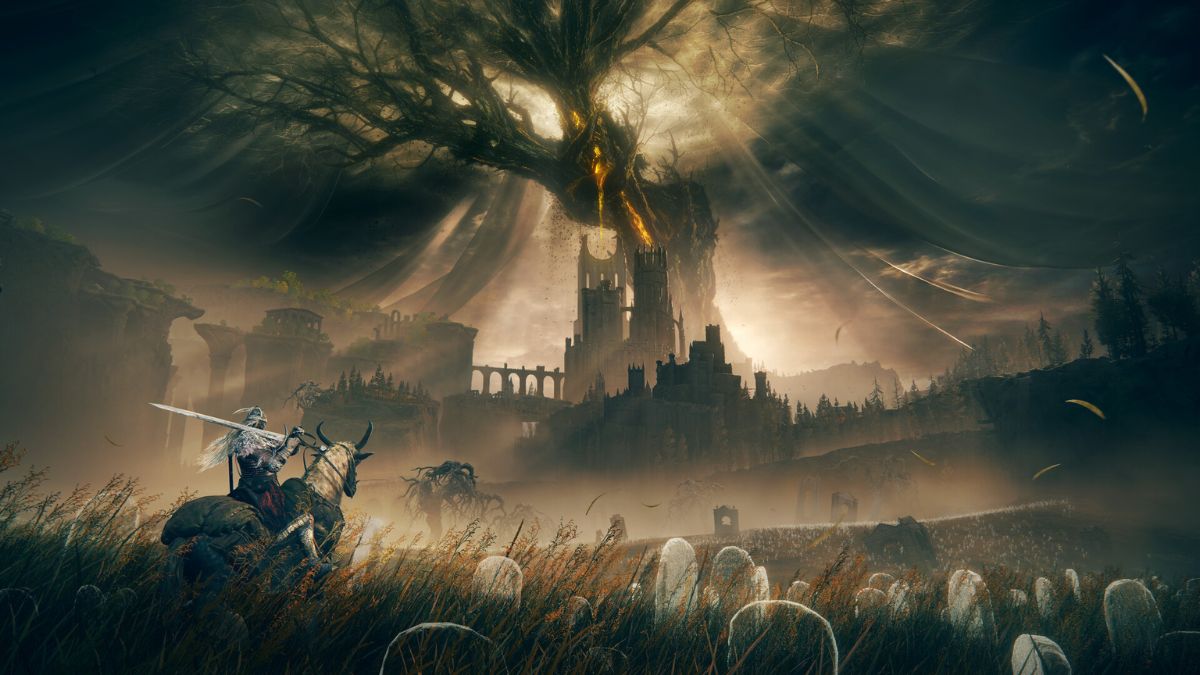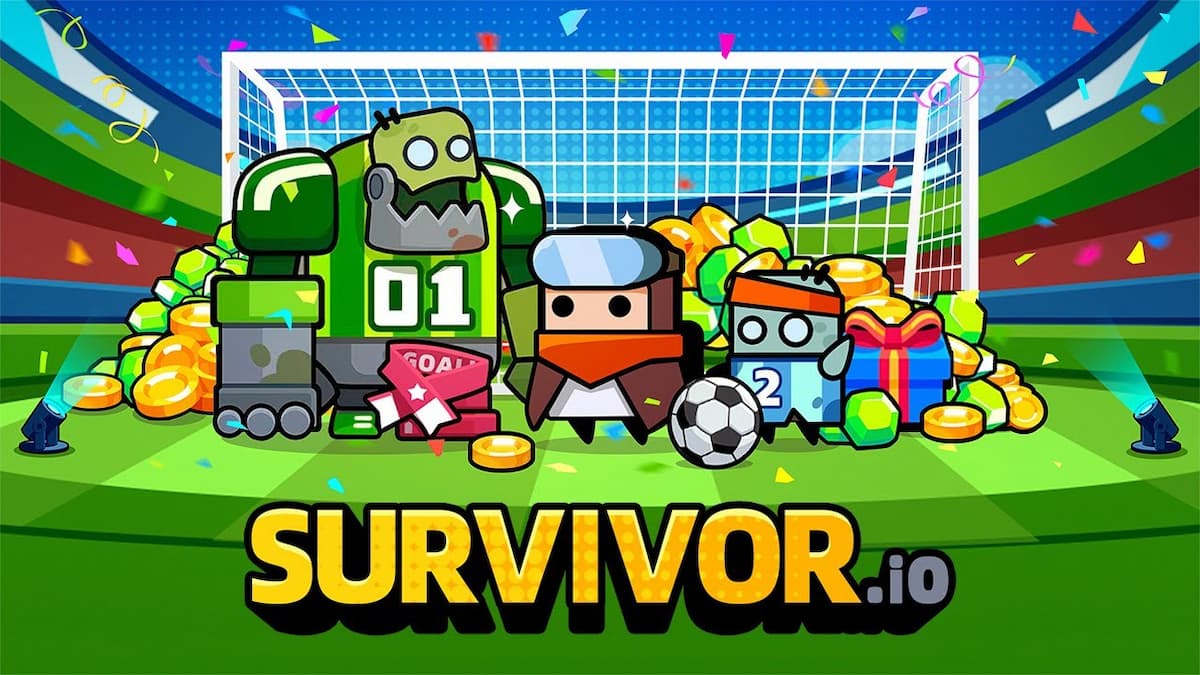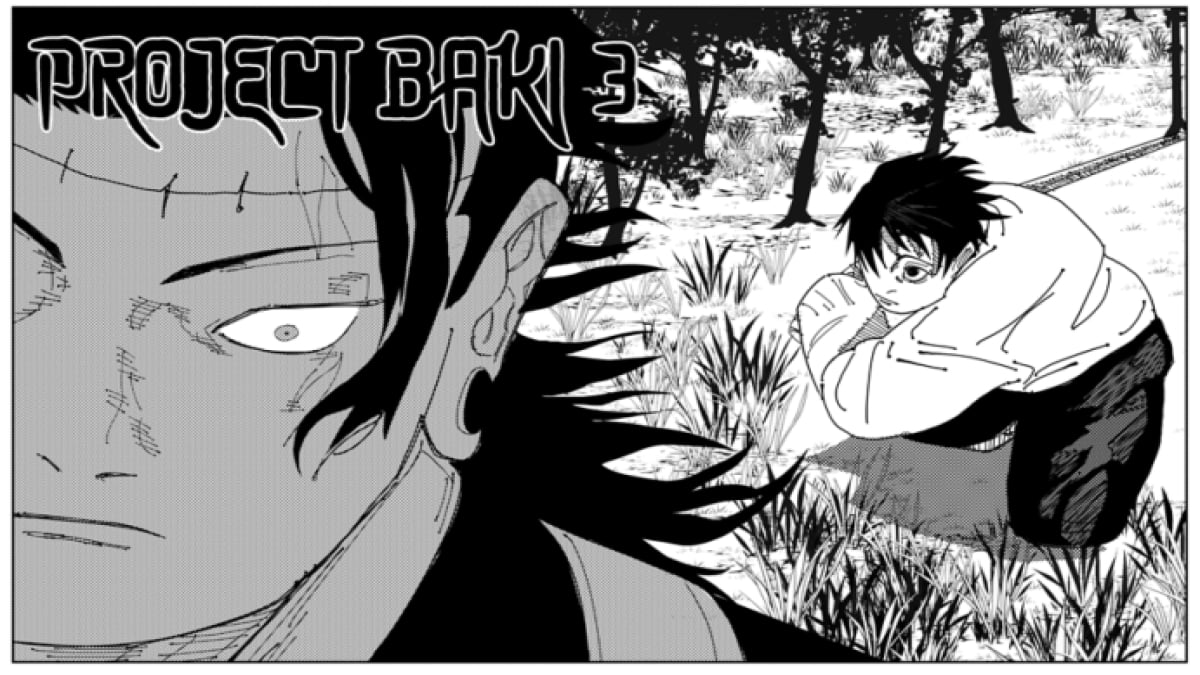There have been 20 games bearing the Tomb Raider name since the franchise began in the mid-90s. Figuring out where to start (hint: it’s the most recent reboots) can be tricky, so we’ve arranged all 20 games into their respective places here. There are five different timelines, so it’s understandable if things get confusing. The best way to explain it is just to get started, so here we go.
Related: Every Tomb Raider game in release order
The Tomb Raider Classic Timeline
Tomb Raider (1996)

This is where it all began, with Lara Croft hunting down the Scion of Atlantis. She quickly became the female Indiana Jones, and the 3D-level design stood out then. People have been digging Lara Croft ever since.
Tomb Raider II

The first game was a hit, so developer Core Design cranked out another one in less than a year for publisher Eidos. This time, Lara raced against an Italian cult to acquire the Dagger of Xian.
Tomb Raider III

With a bona fide franchise on its hands, Core Design created the third Tomb Raider game on a new engine. This allowed for better graphics and smoother gameplay as Lara recovered pieces of a shattered meteorite all across the world.
Tomb Raider: The Last Revelation

The stakes are pretty high in this one: the Egyptian god Set was, well, set free, and Lara must put him back in his ancient prison. She succeeds, but at the cost of being trapped inside a crumbling pyramid. The intent at the time was to have her die.
Tomb Raider Chronicles

Still considered dead, Lara is remembered by her friends in this game. It’s told as a series of different stories, each with its own level that represents a memory of Lara. Chronicles also introduced stealth elements to the franchise.
Tomb Raider: The Angel of Darkness

Surprise: Lara isn’t dead, and now she has to clear her name. Her mentor Werner Von Croy was murdered, and she was accused of committing the crime. Stealth mechanics were more deeply integrated into this adventure — the final one in this particular timeline.
The Tomb Raider Legend Timeline
Tomb Raider: Anniversary

Crystal Dynamics has developed two Tomb Raider timelines at this point, and this is the second game in the first trilogy. However, it’s a prequel that retells the events of the very first game, hence the name. Here, Lara Croft once again seeks the Scion of Atlantis.
Tomb Raider: Legend

This was actually where the Crystal Dynamics timeline began, as it was released one year before Anniversary. In this adventure, Lara is hunting down one of the most legendary treasures of all: King Arthur’s sword Excalibur. Legend was considered a return to form after Angel of Darkness flopped.
Tomb Raider: Underworld

Concluding the first Crystal Dynamics trilogy is Underworld, in which Lara Croft seeks yet another mythological weapon: Mjolnir. We’ve seen plenty of iterations of Thor’s might hammer in various series, from Marvel games to God of War.
The Tomb Raider Survivor Timeline
Tomb Raider (2013)

A few years later, Crystal Dynamics rebooted the franchise once again. If you’re looking to start with any of these timelines, this is the best place to begin. The 2013 game shows Lara Croft before she becomes the Tomb Raider we know: she’s trapped on an island just fighting for survival.
Rise of the Tomb Raider

By the sequel, Lara has come into her own as an adventurer. She’s come to Siberia to discover a lost city before the villainous organization known as Trinity can get there first.
Shadow of the Tomb Raider

In the third game, Lara gets a little too obsessed with beating Trinity to each treasure, and her actions result in some pretty harsh consequences for a Mexican village. As the name implies, this game goes to some dark places. The promised future games in the series probably won’t repeat that.
The Tomb Raider Spinoff Timeline
Lara Croft and the Guardian of Light

Several Tomb Raider games could be considered “spinoffs,” but this trio of games is considered its own specific timeline. That’s mainly due to an isometric camera angle and twin stick-like gameplay. Guardian of Light is also a co-op game, letting players control Lara and her Aztec pal Totec.
Lara Croft and the Temple of Osiris

Temple of Osiris sees the co-op action taken to the next level, with up to four players this time. The plot is similar to The Last Revelation, as Lara, her adventuring buddy carter, and the Egyptian gods Isis and Horus work together to defeat Set.
Lara Croft: Relic Run

The first Tomb Raider mobile game is Relic Run, capitalizing on the “runner” trend of games like Temple Run and Crash Bandicoot: On the Run. It might be better suited in our fifth and final timeline, but it is distinctly set after the events of Curse of Osiris.
The Tomb Raider Handheld/Mobile ‘Timeline’
Tomb Raider (2000)

This isn’t technically a ‘timeline,’ but it’s the best way to arrange the remaining games. In 2000, Core Design decided to give a Game Boy adventure a go. Lara Croft was made taller than most other Game Boy characters in order to make her look more like her usual self.
Tomb Raider: Curse of the Sword

Activision published the second Game Boy game after it paid for the license (acquisitions in video games aren’t anything new). Curse of the Sword sends Lara around the world, pursuing an evil magician named Madame Paveau.
Tomb Raider: The Prophecy

Ubisoft tried its hand at a Tomb Raider game next, and the top-down look was something of a predecessor to the spinoff timeline. This game sees Lara racing against yet another cult while tracking down three magical stones prophesied in the Book of Ezekiel.
Lara Croft Go

The second mobile Tomb Raider game was Lara Croft Go, a pure puzzle game in the same vein as (and from the same team behind) Hitman Go. The puzzle mechanics are quite clever: every time you move a space, enemies, and objects in the environment shift too.
Tomb Raider Reloaded

Finally, we have Tomb Raider Reloaded. This version of Lara Croft looks like the heroine from the Classic timeline, but this game is its own thing. In this case, that “thing” is an action game that sees her tangling with all sorts of animals and otherworldly creatures.







Published: Nov 3, 2022 06:49 pm